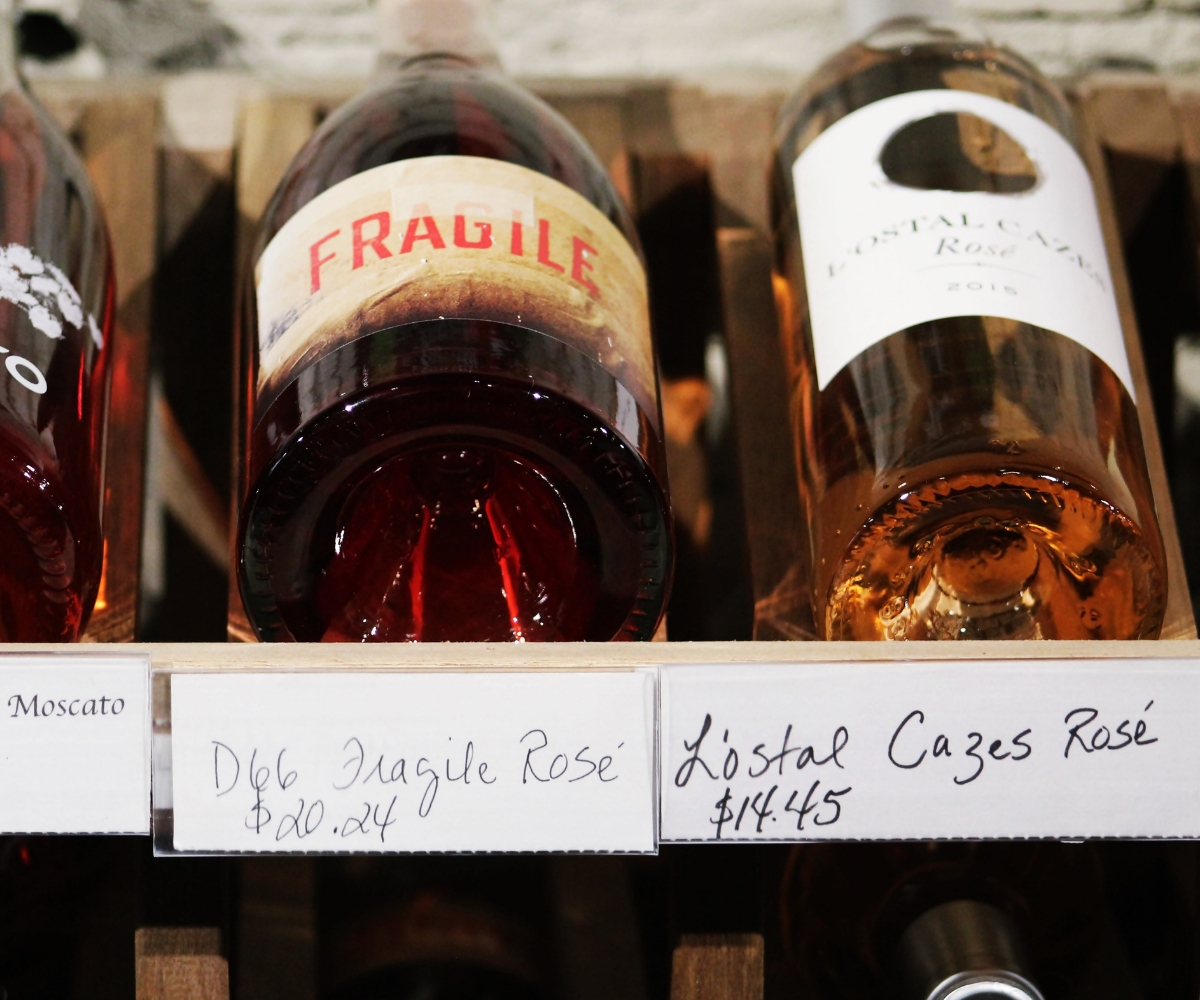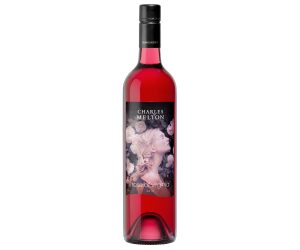A Rose Revolution?

Trend, fad, passion or fetish, call it what you will, but the growing obsession with rosé as a style seems to have finally entrenched itself in foodie culture and it seems the craze is not confined to Australian shores. In the US, a 2014 industry report observed an annual increase in retail sales of rosé of almost 40%. They’ve had over a decade of year on year sales growth of the style. So strong is the US market, that during a recent US trip, I saw a full page colour advertisement in the New York Times selling a 15 bottle pack of rosé for US $89.99! No wonder it is selling! And a lot of it must move to justify the spend given that a full-page colour ad in that publication sells for around $100,000!
These days rosé is not the sickly-sweet zinfandel or Moscato style that probably gave it such a bad rap through the 90’s. Now, this group of blush wines (or “brose” for the metrosexual males) can be made from a range of different grapes and has undergone a bit of reputation rehabilitation. Many are now fruit forward styles with a lingering lushness, but an acidic backbone. The fact that they are only of moderate alcohol level and have no oak contact make them perfect both as a partner for food or just an afternoon tipple!
One of the key attractions of the style is the price point as the shelves at your local bottle shop will be lined with many in the $10 to $20 range, and very good ones at that!
For the fashionistas amongst us, rosé from Provence in southern France is not only in vogue but relatively cheap. You’ll be able to buy these imported beauties at a bit over $20 a bottle. Amongst the New York social set, the rosé from Provence are dubbed “Hampton’s Gatorade” and are not just being pursued by the ladies at lunch!
Charles Melton’s “Rose of Virginia”
But if quality rosé from Australia is your preference, it is probably hard to go past wines like Charles Melton’s “Rose of Virginia” from South Australia’s Barossa Valley. It is deeper in colour than most on the shelf, but it delivers a sweet rosé petal bouquet to the nose and a cascade of strawberry characters to the palate. It is a bit more expensive than most ($24) but is rich, finishes well balanced, dry and I admit that it is difficult to leave any in the bottle!
If you’ve become a “drink pink” kind of consumer, you will be rewarded for being adventurous. Don’t overlook some of the malbec grape-based rosé that are imported from Argentina, or the Californian and Oregon pinot noir or, for that matter, the Spanish and Italian rosato!